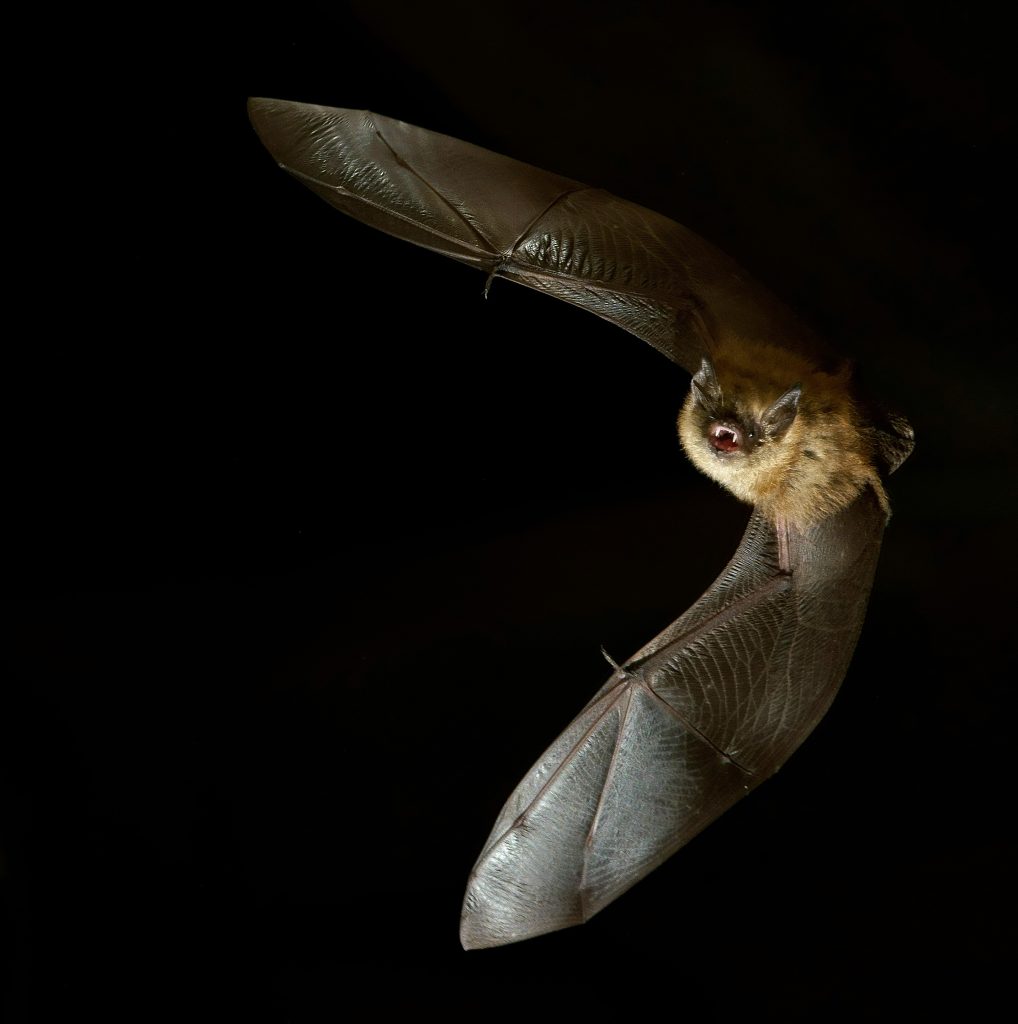
Summary
Geoffroy’s bat (Myotis emarginatus) is a strictly protected species under European law (Habitats Directive; 92/43/EEC, Annexes 2 and 4), and is classified as a priority species in Luxembourg. The PNPN3 refers to improving its national population situation by 2030. To this end, various national projects (e.g. LIFE project Bats & Birds) and implementation measures (e.g. by SICONA and SIAS) are already underway to create suitable roosting opportunities and hunting grounds by purchasing land, or to adapt existing areas by redesigning structural elements. One topic that has received comparably little attention and that could lead to a significant improvement in the population status is the targeted improvement of the food supply.
This project aims to fill this knowledge gap on the core prey spectrum to improve the specific habitats of the main food sources and thus ultimately increase the food supply for the target bat species. We will employ a DNA-based metabarcoding analysis of faecal pellets to identify the prey at a species level. This means that the core prey spectrum can be used to draw conclusions about structural elements to be promoted, for example to create favoured plant communities (as host plants) or suitable landscape structural elements (for habitat heterogeneity). In addition to the nursery roosts of the Geoffroy’s bat, the only nursery colony of the greater horseshoe bat (Rhinolophus ferrumequinum) in Bech-Kleinmacher is also analysed. The additional analysis of historical faecal pellets will make it possible to identify main prey species that may have disappeared.
In spring 2025, the project results on the core prey spectrum and their ecological requirements will be passed on to the relevant environmental actors on whose areas the mother roosts or the structural measures to be implemented are located (natur&ëmwelt, SICONA, SIAS, Natur- & Geopark Mëllerdall) in order to jointly develop prey species-specific proposals for measures.
Project status
- Project granted by the Fonds d’environnement of the Ministry of Environment, Climate and Biodiversity (MECB). Duration: 18 months (04/2024 – 09/2025).
- Host institution: Fondation faune-flore @ Centre de recherche scientifique, Musée national d’histoire naturelle.
- Postdoctoral researcher : Anna Schleimer
- Partners: MECB, SICONA, Jacques Pir & Marie Kayser (Freelancers, Scientific collaborators of MNHNL)
Contacts
- Alain Frantz, Department of Zoology
phone: (+352) 462240 210
alain.frantz@mnhn.lu - Alexander Weigand, Department of Zoology
phone: (+352) 462240 212
alexander.weigand@mnhn.lu